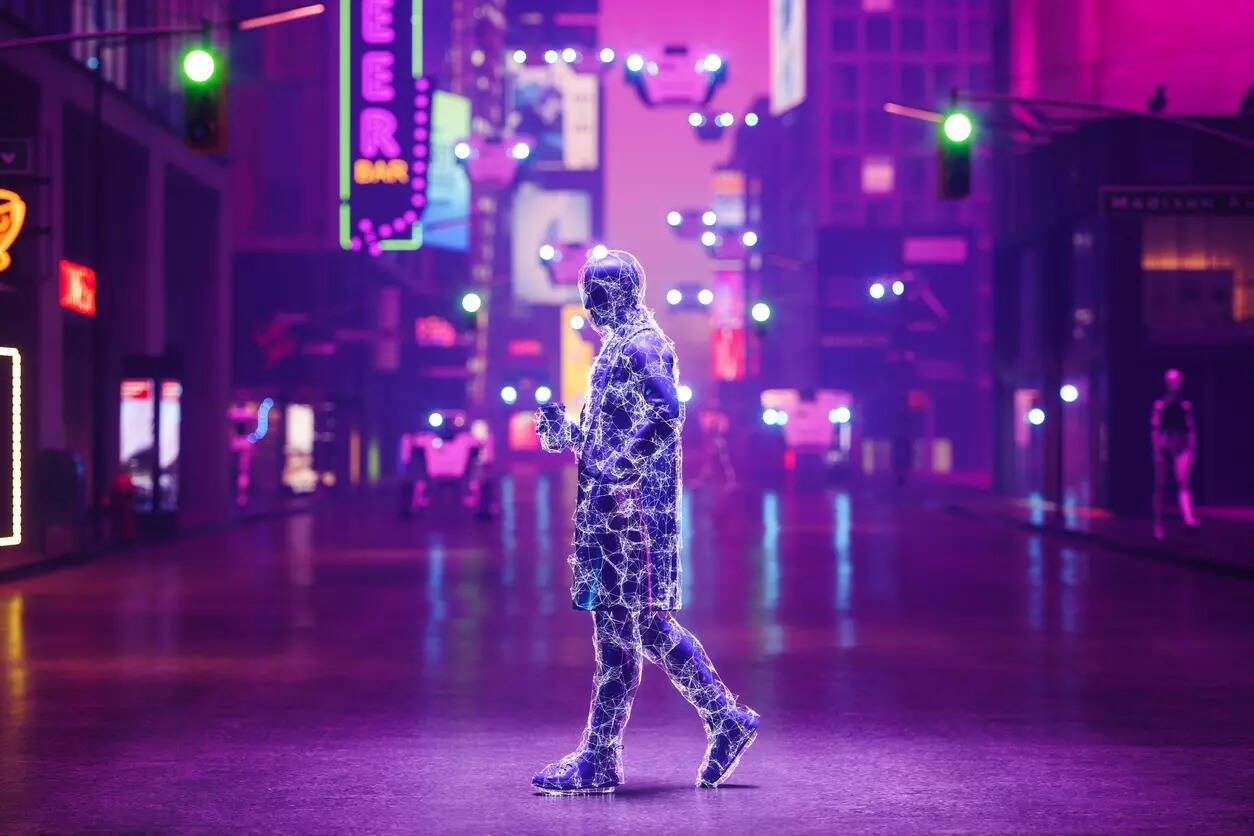
The creative industry is seeking exemption from the blanket rule requiring AI-generated content on social media to display labels covering at least 10 per cent of screen space or duration, which is aimed at preventing deepfakes and misinformation.
The industry is arguing it could severely disrupt legitimate AI use in films, animations, VFX and communications, and is urging carve-outs for B2B and non-deceptive use, alternative disclosures for long-form content and a phased pilot to validate practicality before full roll out.
The proposed changes to the Information Technology (Intermediary Guidelines and Digital Media Ethics Code) Rules require companies and individuals to mark AI-generated material with labels covering at least 10 per cent of the display area, or the first 10 per cent of duration for audio.
“A blanket 10 per cent disclosure could unintentionally make everyday AI workflows unfeasible,” said Rajan Navani, co-chairman of CII National Committee on Media & Entertainment and CEO of JetSynthesys, suggesting dual compliance paths—metadata-based tagging for back-end processes and visible labels only where manipulation could mislead audiences.
He urged a risk-based framework that differentiates between deceptive and bona fide industrial use.
In post-production, AI is often deployed for noise reduction, dubbing, or restoration. Navani warned that requiring large visible tags even in these instances would force costly re-rendering and degrade visual quality. “Visible disclosure makes sense where there’s risk of deception. For back-end creative use, machine-readable traceability would be far more workable,” he said.
The industry has sought consultative processes to distinguish between deceptive synthetic media and legitimate creative AI applications.
Legal experts pointed to global regulators who take more calibrated approaches, with the EU and the US allowing flexibility rather than rigid display thresholds.
Ranjana Adhikari, partner at Shardul Amarchand Mangaldas & Co, said the current draft’s definition of ‘synthetically generated information’ is overly broad. “AI-assisted post production, voice enhancement and digital restoration are standard practices now,” she said. “Heavy-handed labelling could confuse audiences and undermine creative authenticity.”
Tanu Banerjee, partner at law firm Khaitan & Co, added that digital ads and short videos, which depend on creative freedom and precise design, would suffer under a fixed rule. “A tag covering 10 per cent of the screen or audio could break the aesthetic flow. Retaining large labels only for high-risk, deceptive use and metadata for everyday creativity could be a balanced route,” she said.
Brand consultant Reva Malhotra observed that most creative teams use AI responsibly—to enhance productivity, test styles, or refine ideas. “The grey area around partly AI-assisted content may confuse teams about whether labelling is needed,” she said. “A large ‘AI-generated’ tag could unfairly suggest that the whole work lacks originality.”
The intent of transparency is valid, but the lack of nuance could discourage experimentation and innovation, she said.
Experts also warned of perception and innovation risks. Rohit Pandharkar, technology consulting partner at EY India, said audiences might dismiss labelled works as mass-produced.
Sagar Vishnoi, director at Future Shift Labs, which provides expert guidance to organisations on AI strategy and implementation, said the 10 per cent labelling rule, though aimed at transparency, could raise compliance costs by forcing creators and platforms to rework production workflows, build verification systems and continuously audit content.
Ashima Obhan of law firm Obhan & Associates urged India to align with global frameworks. “The EU’s AI Act and the US FTC’s approach allow flexible formats rather than fixed thresholds,” she said.
A proportionate framework, she added, would preserve commercial viability, uphold creative freedom under Article 19(1)(a) and still tackle deepfake misuse.
Industry leaders now hope the final rules will emerge from broad consultations to ensure transparency without throttling legitimate innovation in India’s growing creative economy.

